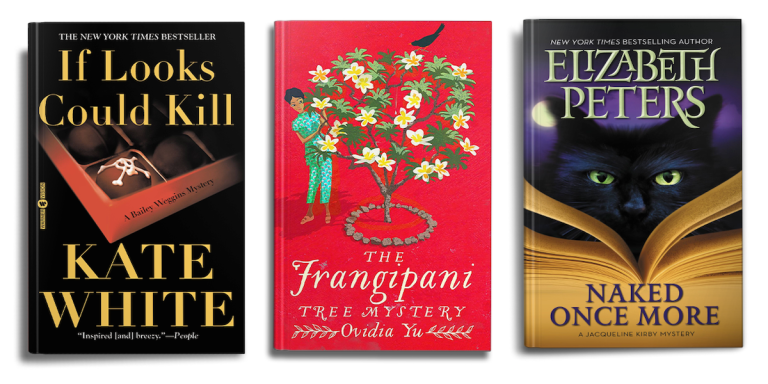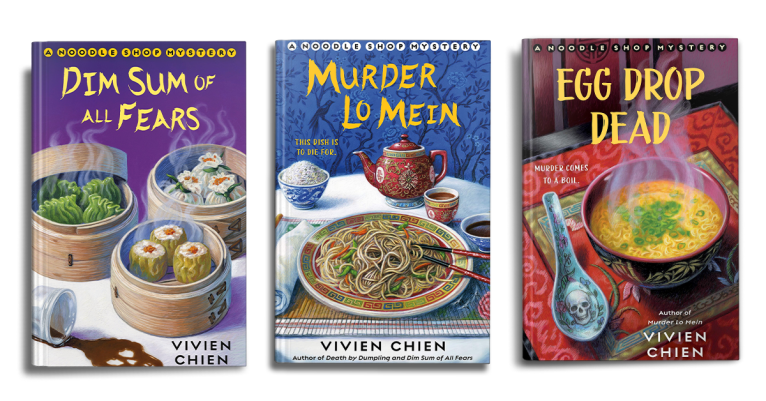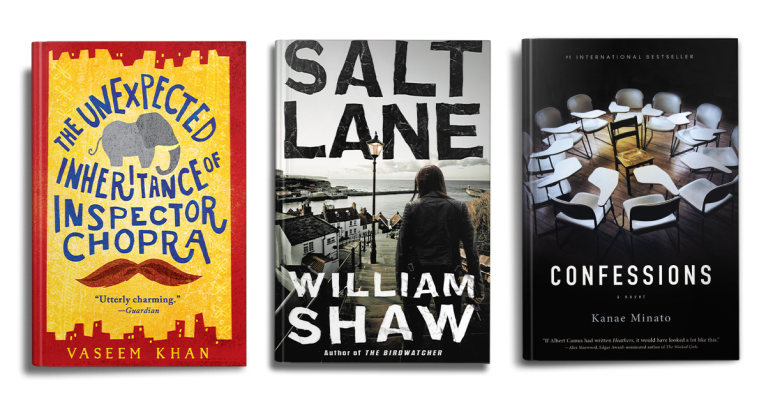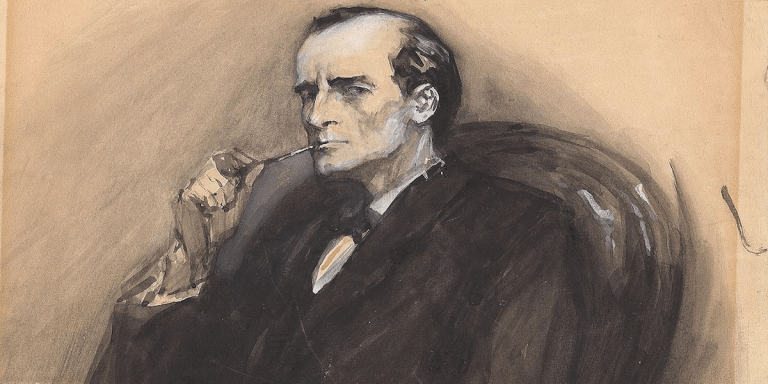Talking Thrillers, Antagonists, and No Exit With Taylor Adams
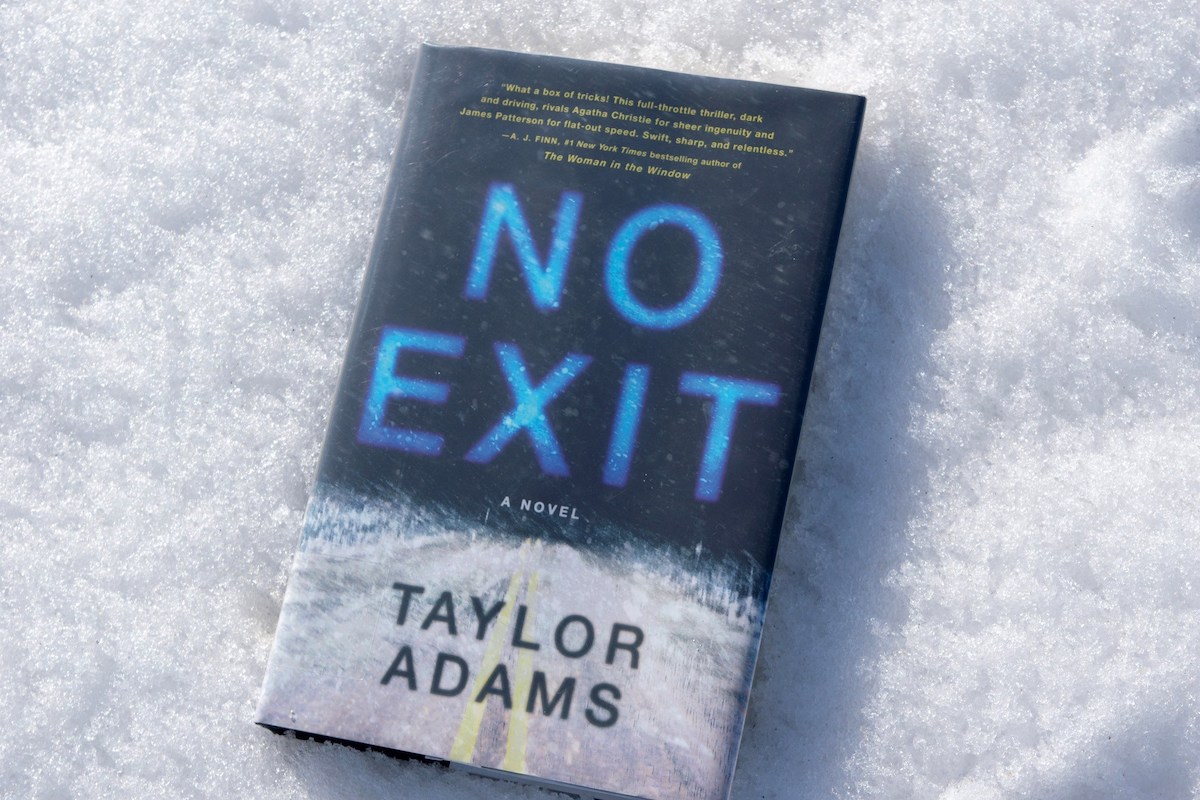 Q: NO EXIT is kind of an underdog story. The main character isn’t particularly brave at first glance but she continuously makes choices that have the reader rooting for her success, proving her fearlessness, and asking themselves what they would do in her place. Were there any times that your main character, Darby, surprised you? Or made you think to yourself ‘Not even I would do that…’
Q: NO EXIT is kind of an underdog story. The main character isn’t particularly brave at first glance but she continuously makes choices that have the reader rooting for her success, proving her fearlessness, and asking themselves what they would do in her place. Were there any times that your main character, Darby, surprised you? Or made you think to yourself ‘Not even I would do that…’
A: I love underdog stories – especially ones where the protagonist understands they’re signing up for a losing battle, but they persist anyway because it’s the right thing to do. That fascinates me. My goal was for Darby’s decision-making to evolve as she does – early on, for example, she makes the same errors that I might make in that scenario. But she keeps learning and adapting, and by the time we get to a certain scene involving a certain door hinge, she’s grown to understand what she’s capable of, the cost, the odds… and she does it anyway.
Q: Reading NO EXIT, I’m not sure which is worse – to be inside the rest stop with the kidnapper or outside in the snow. The use of weather in this novel adds an incredible amount of tension. In some ways, it’s almost like its own character. What drew you to choose weather as a mechanism for suspense?
A: With a self-contained story like this one, I try to “use” every element present. I really wanted the weather to serve as both a tool for keeping the cast claustrophobic and cranky (as anyone who’s been snowed in can probably attest!) and to set a more general tone, as Darby faces human enemies as cold and unsympathetic as the blizzard. The fact that the weather outside can literally kill you also helps reflect the stakes of Darby’s story, much more than if it was about a bunch of strangers delayed at a rest stop due to, say, road work (the one time I’ve been stuck at a rest stop, myself!).
Q: I’ve heard through the grapevine you embedded a hint of the supernatural in NO EXIT and OUR LAST NIGHT follows a professional ghost hunter. It seems like you enjoy a little touch of the paranormal. Care to explain?
A: Yes, although NO EXIT is not a supernatural story, I tried to lean into the natural fear of the moment by creating an atmosphere where anything “feels” like it could happen. I’m fascinated by fear of the unknown, and although a thriller’s story is ultimately as logical as clockwork, the characters and readers don’t get to see from the author’s bird’s-eye-view until much later. So in the moment, that element of uncertainty (Who is Darby’s true enemy? What is at stake? What the heck is going on?) is a powerful tool for building fear. Things can authentically feel supernatural in the moment, even as we later learn the full picture.
Q: One of my favorite things about this novel is the antagonist who is as terrifying as (spoiler) he is quick-witted and charming. What are essential ingredients for an unforgettable antagonist?
A: Villains are fun to write! There are certain attributes important to fueling minute-to-minute suspense (the antagonist should be credibly dangerous, authentically human, and drawn in memorable detail) but I think the most important element to a proper villain is more structural than their weapon of choice. It’s absolutely crucial that an antagonist be closely linked to the story’s hero, and should even be uniquely well-suited to attack his or her weaknesses. With NO EXIT (spoiler!), I tried to create a villain who preys on Darby’s trust in her first impressions, but as the night goes on his true nature is slowly revealed, like peeling away the layers of a rotten onion. So as Darby grows, the villain seems to grow, too. Inviting your readers to feel sympathy for a complex, morally-conflicted antagonist is also a very effective tool (but certainly not mandatory). It all comes down to what best serves the story, and the protagonist’s journey.
Q: Speaking of antagonists, each of your novels OUR LAST NIGHT, NO EXIT, and EYESHOT all use dark humor that adds a sort of comic relief element. Was this intentional?
A: Yes! I love dark humor, and when used deliberately, it can be a powerful tool in suspense. Sometimes I try to build tension, puncture it with an unexpected chuckle, and then deliver the scene’s real shock when the reader’s guard is hopefully lowered. And sometimes it’s fun to upend the whole situation because no one – not even the villains – are immune to the whims of random luck. It’s tricky, and sometimes akin to playing with fire, as you can’t diminish the story’s stakes or suggest that the characters aren’t taking the danger seriously. But real life is scary and surprisingly funny, sometimes even at the same time, and I think that’s worth embracing to make for a more unpredictable thriller.
Q: NO EXIT reads like a novel made for the big screen. You have experience writing screenplays. How did your background in film inform your writing process?
A: It’s certainly had a major effect on my writing style – I think visually, and I tend to pace my stories like 100-page double-spaced screenplays, which has hindered me at least as often as it’s helped me, to be honest. As I’m rewriting a novel, the notes I get from my girlfriend are often something to the effect of “slow this scene WAY down.” A thriller should be punchy, urgent, and visual (like a screenplay), but you ultimately read a script like you read a blueprint, while you read a novel for a more detailed and well-rounded experience. Often, my early drafts read more like blueprints.
Q: What are your top three favorite thriller shows/movies in 2020?
A: I absolutely loved this year’s comedy/horror film “Ready or Not.” I was incredibly impressed by (last year’s, I think?) “Haunting of Hill House” on Netflix, which is one of the few shows I’ve ever binged (on account of my short attention span). And it’s a few years old now, but the electrifying horror/thriller “Green Room” is one of my all-time favorite films – terrifying, real, and darkly funny.
Q: What is the strangest thing you’ve learned from writing three suspense-filled thrillers? (Other than nail guns being able to penetrate soft targets at up to 10 feet)
A: Each book has required some strange research. For OUR LAST NIGHT, I learned entirely too much about an explosive firearm malfunction call a “squib-fire.” For EYESHOT, I learned that a real-life emergency procedure for treating a pierced lung (aka a “sucking chest wound”) involves using a plastic bag and duct tape to create a one-way air valve. And just because something is true to real life doesn’t mean all readers will accept it as such, because life can be distractingly weird. I’ve learned that it sometimes serves the story better for things to “feel” realistic than to actually be realistic (although it’s always preferable to be both).
Q: I have to ask – Anything new in the works?
A: Yes! My next thriller HAIRPIN BRIDGE will be released next summer. It’s about a young woman determined to prove her twin sister’s apparent suicide was really a murder – by confronting the killer herself. This dangerous mission of HAIRPIN BRIDGE is driven by a heroine every bit as fierce as NO EXIT’s Darby, with perhaps even more twists, but the stakes are more personal and the action is more emotionally charged. It releases June 2021!
About The Author
Taylor Adams directed the acclaimed short film And I Feel Fine in 2008 and graduated Eastern Washington University with the Excellence in Screenwriting Award and the prestigious Edmund G. Yarwood Award. His directorial work has screened at the Seattle True Independent Film Festival and his writing has been featured on KAYU-TV’s Fox Life blog. He has worked in the film/television industry for several years and lives in Washington state.
A brilliant, edgy thriller about four strangers, a blizzard, a kidnapped child, and a determined young woman desperate to unmask and outwit a vicious psychopath. A kidnapped little girl locked in a strangers van. No help for miles. What would you do?
By clicking 'Sign Up,' I acknowledge that I have read and agree to Hachette Book Group’s Privacy Policy and Terms of Use

